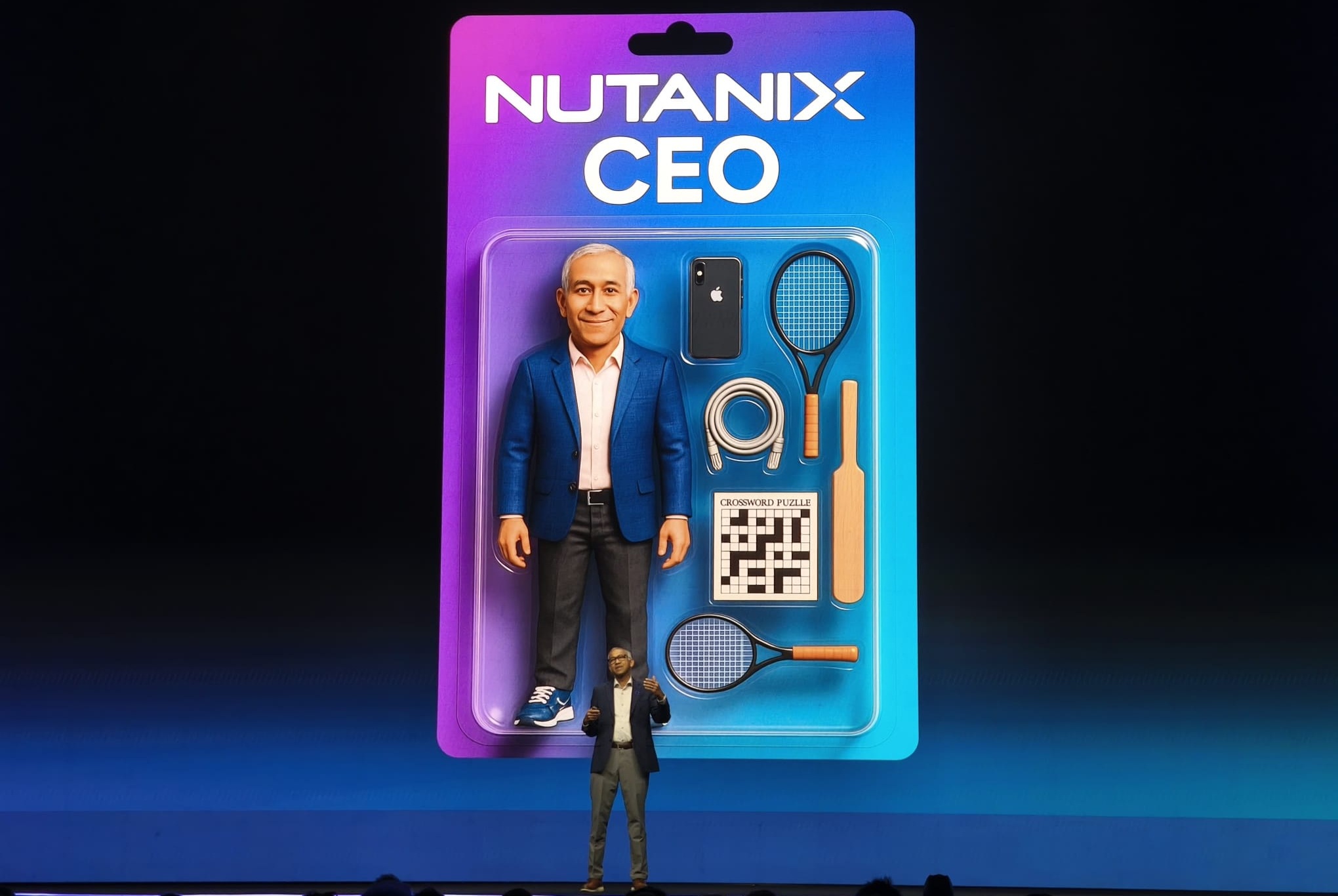Nutanix puts agentic AI anytime, any place (cloud) & anywhere
Nutanix has come forward with the latest version of its Nutanix Enterprise AI (NAI) service.
This release is said to add deeper integration with capitalisation-focused GPU company Nvidia AI Enterprise, including Nvidia NIM microservices and the Nvidia NeMo framework, to speed the deployment of agentic AI applications.
NAI is designed to accelerate the adoption of generative AI in the enterprise by simplifying how users build, run and secure managed models and inferencing services at the edge, in the datacenter and in public cloud.
The technology works on any Cloud Native Computing Foundation (CNCF)-certified Kubernetes environment.
Nutanic says the latest NAI release extends a shared model service methodology that simplifies agentic workflows, helping to make deployment and day two operations simpler.
It streamlines the resources and models required to deploy multiple applications across lines of business with a secure, common set of embedding, reranking and guardrail functional models for agents. This builds on the NAI core, which includes a centralised LLM model repository that creates secure endpoints that make connecting generative AI applications and agents simpler and – importantly – private.
“Nutanix is helping customers keep up with the fast pace of innovation in the gen-AI market,” said Thomas Cornely, SVP of product management at Nutanix. “We’ve expanded Nutanix Enterprise AI to integrate new Nvidia NIM and NeMo microservices so that enterprise customers can securely and efficiently build, run and manage AI Agents anywhere.”
NAI for agentic applications can help deploy agentic AI applications with shared LLM Endpoints. Teams can use and reuse existing deployed model endpoints as shared services for multiple applications. This re-use of model endpoints helps reduce usage of critical infrastructure components, including GPUs, CPUs, memory, file and object storage and Kubernetes clusters.
Nutanix says that this new NAI release will help users implement agentic applications in ways consistent with their organisation’s policies using guardrail models. These models can filter initial user queries and LLM responses to prevent biased or harmful outputs and can also maintain topic control and jailbreak attempt detection.
For example, Nvidia NeMo Guardrails are LLMs that provide content filtering to filter out unwanted content and other sensitive topics. These can also be applied to code generation, providing improved reliability and consistency across models.
HCI, bare metal & cloud IaaS
NAI is designed to use additional Nutanix platform services while allowing deployments on HCI, bare metal and cloud IaaS.
IT teams can also use Nutanix Kubernetes Platform solution for multicloud fleet management of containerised cloud native applications, and Nutanix Unified Storage (NUS) and Nutanix Database Service (NDB) as discrete data services, offering what the company calls a “complete platform” for agentic AI applications.
“It is a very interesting time in hyberconvered infrastructure , infrastructure as code and hybrid cloud markets,” said Dimitri Vlachos, chief marketing officer at Spacelift, a company that is known for its infrastructure-as-code orchestration platform. “I talk to a lot of infrastructure teams that view Broadcomm’s acquisition of VMware and IBM’s acquisition of Hashicorp as simultaneously stifling to innovation and dramatically inflationary to the cost of core parts other cloud, hybrid and on-premises infrastructure. One need not look further than OpenTofu to see the almost viral community response against these market consolidation forces.”
Vlachos suggests that Nutanix sits at “a very interesting spot in this market dynamic” and may seem like a natural alternative to VMware.
“But Nutanix does not truly offer a vendor-agnostic approach to infrastructure orchestration. Infrastructure teams are looking for a way to orchestrate and manage their infrastructure across their on-premises and cloud environments that can be truly agnostic to the underlying infrastructure. Nutanix feels more like trading one walled-off hyper-converged environment (VMware) for another,” said Vlachos. “It is also interesting to note that with IBM’s acquisition of Hashi, IBM now has the orchestration tools (Terraform and Ansible) to offer a truly independent orchestration layer. At the same time they are partners with Nutanix for IBM’s HCI offering, and of course have Red Hat cloud management offerings.”
In others news from Nutanix, the company is working with Pure Storage. It announced a partnership aimed at providing a deeply integrated solution that will allow customers to deploy and manage virtual workloads on a scalable modern infrastructure.
Virtualisation market evolution
The company says that this integrated solution comes at a “pivotal time for customers” as virtualisation market evolution is top of mind. IT leaders are focused on helping their organisations maintain pace with the rapidly changing technology landscape while simultaneously implementing greater operational effectiveness.
Gartner predicts that by 2028, cost concerns will drive 70% of enterprise-scale VMware customers to migrate 50% of their virtual workloads.
“Customers can realise the full potential of generative AI without sacrificing control, which is especially important as businesses expand into agentic capabilities,” said Scott Sinclair, practice director, ESG. “This expanded partnership with Nvidia [and Pure] provides organisations an optimised solution for agentic AI minimising the risk of managing complex workflows while also safeguarding deployment through secure endpoint creation for APIs. AI initiatives are employed to deliver strategic advantages, but those advantages can’t happen without optimised infrastructure control and security.”
With the Pure collaboration, the Nutanix Cloud Infrastructure solution, powered by the Nutanix AHV hypervisor along with Nutanix Flow virtual networking and security, will integrate with Pure Storage FlashArray over NVMe/TCP to deliver a customer experience uniquely designed for high-demand data workloads, including AI.
There’s a lot going on at Nutanix and it’s good to hear some balanced views from both sides… but the overall momentum of the company can’t be missed. Growth is afoot.




